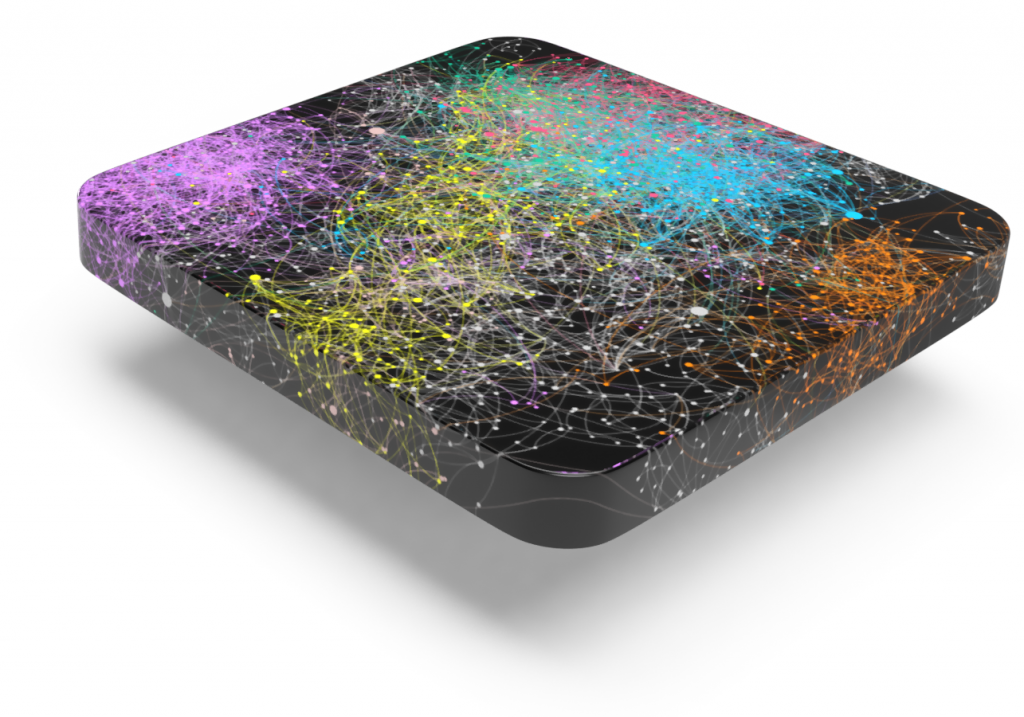Data Analysis
& Viz Tools

Digital resources and tools to help your students explore, understand, and visualize diverse data sets.
How to Use these Resources
Here you’ll find outside resources – data analysis, exploration, and visualization tools – that offer useful ways for your students to begin working with scientific data.
Using these tools certainly isn’t required in your Science Forward class. Consider them as starting points for exploration. You might even find one or two that are useful in your own research!
We’ve also included resources to help you learn these tools. Keep in mind that some of them are open source, while others are proprietary. Finally, if you’ve heard of any good tools that aren’t listed here – or have an opinion about which have been most helpful in your own teaching practice – then let us know by sending us a message below 🙂
Data Analysis Tools
Cytoscape is an open source software platform for visualizing complex networks and integrating these with any type of attribute data.
Cytoscape was originally designed for biological research, including visualizing molecular interaction networks and biological pathways and integrating these networks with annotations, gene expression profiles and other state data.
Resources & Tutorials:
Geotime is a geospatial analysis software platform to format, map, analyze, and present geographical data over time. It allows users to see changes within time series data.
While currently marketed to enterprise clients, Geotime also offers academic and research program licenses for researchers, educators, and students.
Resources & Tutorials:
GeoTime starter pack videos & tutorials
Tableau platform helps users visualize and understand their data. Gives users the power to integrate databases and drag-and-drop to create visualizations and dashboards.
A free version of the desktop software is available to researchers and students.
Resources & Tutorials:
Tableau’s learning pack
R is a free software environment for statistical computing. It allows users to perform a wide range of functions, from basic coding and analyses to data wrangling, plotting, and statistical inference.
NB: R Studio provides a graphical user interface and integrated development environment for using R, and is commonly recommended by practitioners.
Resources & Tutorials:
YaRrr! The Pirate’s Guide to R
Master R for Data Science on Lynda.com (free Lynda.com accounts available via NYPL membership)
Pandas is a software library written for the Python programming language for data manipulation and analysis. It specializes in offering data structures and operations for manipulating numerical tables and time series.
Resources & Tutorials:
pandas Essential Training on Lynda.com (free Lynda.com accounts available via NYPL membership)
Data Visualization Tools
Quadrigram is a visual drag & drop data editor. It allows users to combine texts, images, and interactive visualizations to tell engaging, rigorous, and comprehensive stories with data. No coding required.
Offers free accounts.
Resources & Tutorials:
Gephi is an open-source graph visualization platform. It allows users to explore networks and graphs based on data from a range of sources.
Resources & Tutorials:
Table2Net tool (Easy way to extract a network from a table)
Graphviz is open source graph visualization software. It’s a way of representing structural information as diagrams of abstract graphs and networks.
It can be a useful tool in networking, bioinformatics, database design, machine learning, and other applications.
Resources & Tutorials:
Tableau platform helps users visualize and understand their data. Gives users the power to integrate databases and drag-and-drop to create visualizations and dashboards.
A free version of the desktop software is available to researchers and students.
Resources & Tutorials:
Tableau’s learning pack
Sigma.js is a Javascript library dedicated to graph drawing. It makes it easy to publish static or interactive networks on web pages. Some coding required!
Resources & Tutorials:
SplitsTree4 is the leading application for computing unrooted phylogenetic networks from molecular sequence data. Given an alignment of sequences, a distance matrix or a set of trees, the program will compute a phylogenetic tree or network using methods such as split decomposition, neighbor-net, consensus network, super networks methods or methods for computing hybridization or simple recombination networks.
Resources & Tutorials:
Contact us
Share on your Network


